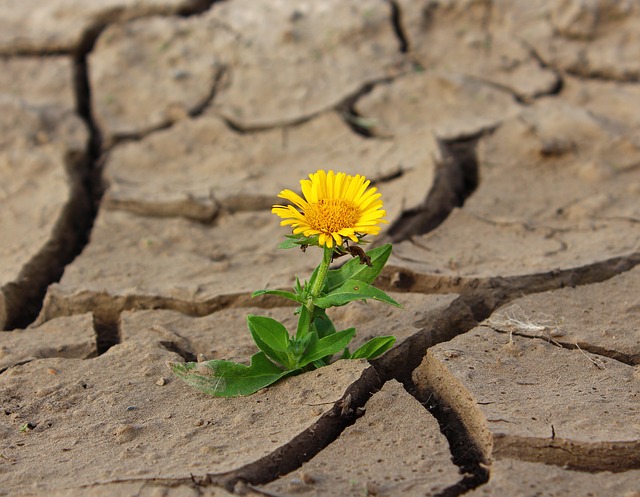 There’s an old expression – “can’t see the forest for the trees.” It’s something we are all guilty of, having our nose buried so deep into things that we can’t see the big picture.
There’s an old expression – “can’t see the forest for the trees.” It’s something we are all guilty of, having our nose buried so deep into things that we can’t see the big picture.
And nowhere is that more true, than in contemplating the question of creation by God versus the idea that we, and all we see, is the result of some cosmic accident.
It’s a common phenomenon. We have trained our brains into ignoring common signals such as the white noise of traffic on the highway or the gentle caress of air on our skin as we walk along. These signals are so common that we tune them out. Realistically, it is something of a defense mechanism to keep us from being overwhelmed by sensory input.
But there is a downside.
The process of filtering out common sensory input also blinds us to the miracles that they represent.
If we make the effort to step back from those trees of our busy lives, we might catch a glimpse of the forest of miracles that frame our existence. We might even find the answer to that persistent question – are we, and all we observe, merely the end result of a series of cosmic accidents? Or, are we the result of an elaborate plan of an incomprehensible God?
The answer may be staring you in the face.
The combined collection of physics, chemistry, biology, geology, and other unknown factors is overwhelming when we try to fully understand our existence. It is probably an impossibility to catalog all the actions and interactions that define us and the universe we inhabit. The best we can hope to do is to examine and appreciate one miracle at a time.
Our planet is covered by a very thin layer of air. The closer to the earth’s surface, the denser that layer becomes. Living on the surface, we have adapted to the density of air at that level. On any given day, we give little thought to the nature of the sea of air that surrounds us.
Yet, that very air holds one of those miracles we have come to take for granted.
On the average day, we might glance up at fluffy white clouds passing overhead. They might give us a brief relief from a scorching sun or they might release a bit of the tons of water that they contain. We give little thought to either event.
Science can easily explain this simple phenomenon. Science will tell us of the principle of condensation, the effects of atmospheric pressure, temperature variations and other factors. Science will tell us how water evaporates from the oceans, travels across the skies and provides the rains that feed our crops.
What science cannot explain is how all those factors conveniently exist on our world to make this occur. What science cannot provide is an understanding of why this elaborate cycle of events exists on this planet in collaboration with all the other miracles that allow us to exist.
It is another example of the complex combination of physics, chemistry and “natural” events that seem too convenient to be merely an accident of the universe.
Perhaps the next time any of us gets caught in the rain without an umbrella, we should reflect on the everyday miracle that is more evidence of God’s plan.
